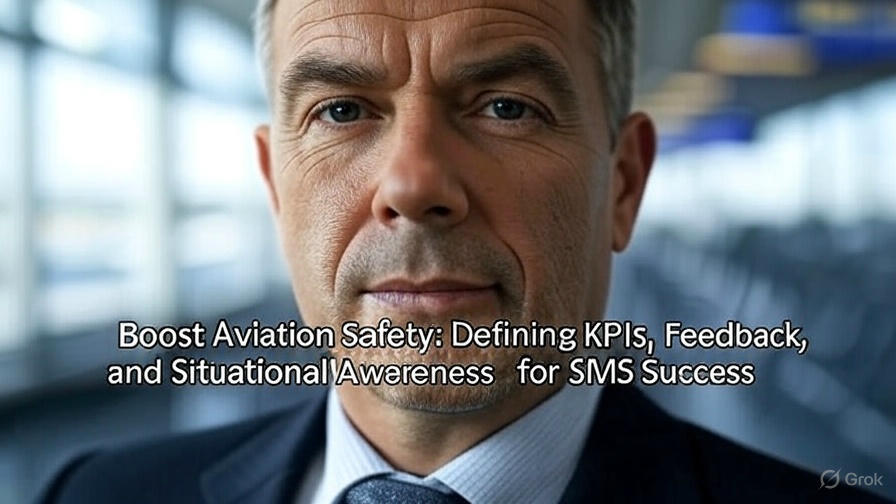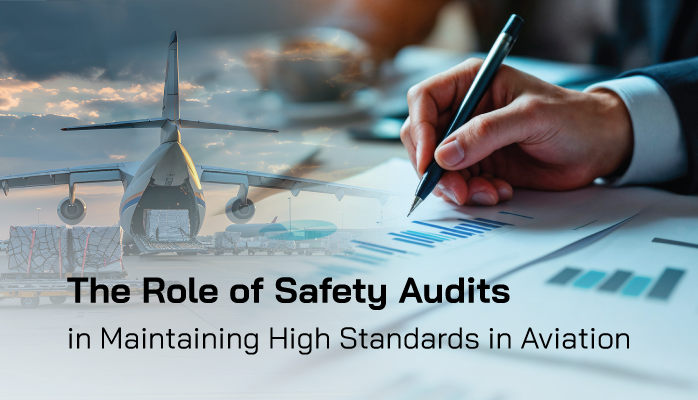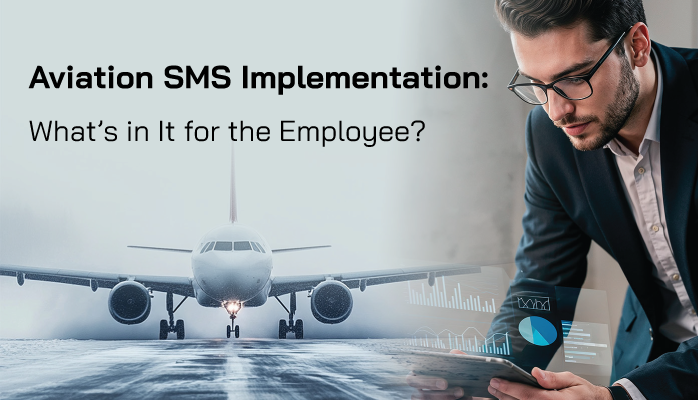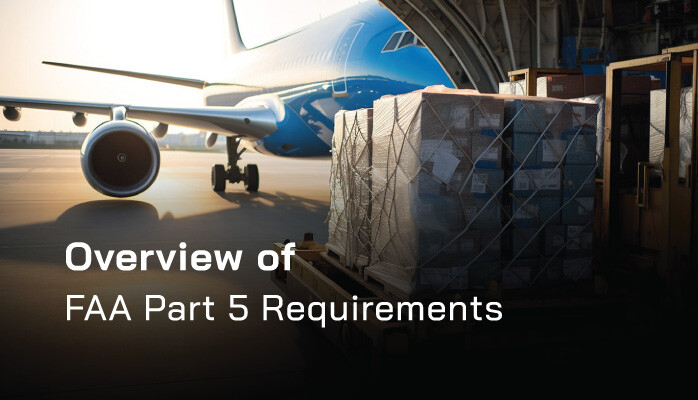Steve Potts

Steve Potts, of Swedish-Norwegian descent, was born in Fairbanks, Alaska, where his passion for flying began early. Earning his pilot’s license at 16, he built a 30-year career, flying single-engine Cessnas and twin-engine turboprops across Alaska’s challenging terrains. Starting as a bush pilot, Steve delivered supplies to remote villages, later flying commercial routes for regional airlines in the Pacific Northwest and Canada. With over 15,000 flight hours, he became a respected mentor and advocate for aviation safety. In 2015, Steve joined SMS Pro, a leader in Safety Management System software. As a senior consultant, he develops safety protocols and training, helping aviation organizations worldwide meet international standards. Steve remains active in Fairbanks, occasionally flying and volunteering with youth programs. He holds a Bachelor’s in Aviation Technology from the University of Alaska Fairbanks, is a certified flight instructor (CFI) and Airline Transport Pilot (ATP), and enjoys skiing and preserving his heritage through traditional cooking.
Aviation safety managers operate in a high-stakes environment where precision, vigilance, and continuous improvement are non-negotiable. To maintain and enhance safety standards, defining Key Performance Indicators (KPIs), establishing robust feedback mechanisms, and integrating Situational Awareness (SA) into safety management systems are critical.
This comprehensive guide provides actionable steps to achieve these goals, ensuring compliance with regulations, improving operational efficiency, and fostering a culture of safety.
Read More
Topics:
Key Performance Indicators,
3-Safety Assurance,
2-Safety Risk Management
For new aviation safety managers, preparing for Safety Management System (SMS) audits is a formidable challenge, especially when it involves coaching accountable executives and training staff on SMS concepts.
With limited experience, knowing where to start can feel overwhelming. At the heart of effective SMS implementation lies a clear understanding of ICAO Annex 19, the International Civil Aviation Organization’s cornerstone document for safety management. This global standard provides the framework for SMS, guiding organizations worldwide to enhance safety and meet regulatory expectations.
Read More
Topics:
Aviation SMS Implementation,
4-Safety Promotion,
3-Safety Assurance,
1-Safety Policy,
2-Safety Risk Management,
Risk Management Training
For new aviation safety managers, preparing for a Safety Management System (SMS) audit can feel like navigating uncharted skies. A critical challenge is ensuring that accountable executives—senior leaders like CEOs, directors, or operations managers—understand and fulfill their SMS responsibilities.
These executives are pivotal in demonstrating compliance to regulators like the FAA, EASA, or ICAO, yet many lack the time or technical background to dive into the aviation SMS details.
Read More
Topics:
Aviation SMS Implementation,
4-Safety Promotion,
3-Safety Assurance,
1-Safety Policy,
2-Safety Risk Management,
FAA Compliance,
Safety Culture
Training Employees for SMS Compliance
Training your aviation team for Safety Management System (SMS) compliance can feel like navigating a storm. With time constraints, varying skill levels, and strict regulatory requirements from the FAA, EASA, and ICAO, the process can overwhelm even the most seasoned safety managers. But it doesn’t have to. By leveraging user-friendly tools like SMS Pro’s embedded training videos and Global Safety Training Portal, you can streamline aviation SMS training and empower your team without the stress.
Read More
Topics:
Aviation SMS Database,
4-Safety Promotion,
Risk Management Software,
Risk Management Training
Conducting Aviation Safety Audits with SMS Software
Aviation safety audits are critical for ensuring compliance with regulatory standards and maintaining a robust Safety Management System (SMS). With the complexity of modern aviation operations, manual audit processes are often time-consuming and prone to errors. This is where SMS software, like SMS Pro, transforms the process by automating scheduling, execution, and reporting, ensuring alignment with standards set by the International Civil Aviation Organization (ICAO), European Union Aviation Safety Agency (EASA), and Federal Aviation Administration (FAA).
Read More
Topics:
Aviation SMS Database,
3-Safety Assurance,
Risk Management Software,
Quality-Safety Management
Aviation Safety Management Systems (SMS) provide a structured framework to manage risks, ensuring safe operations across airlines, airports, and aviation service providers. A critical pillar of SMS is safety assurance, which focuses on monitoring, evaluating, and improving safety performance. For aviation safety managers, mastering safety assurance best practices is essential to maintain compliance, mitigate risks, and foster a proactive safety culture.
Read More
Topics:
3-Safety Assurance,
Risk Management Training,
FAA Compliance
Challenges in Aviation SMS Implementation
Implementing a Safety Management System (SMS) in aviation is critical for ensuring compliance with International Civil Aviation Organization (ICAO) standards and enhancing safety performance. However, the journey to effective aviation SMS implementation is fraught with challenges. From staff resistance to regulatory complexity, operators face hurdles that can delay or derail their efforts. Fortunately, SMS software solutions like SMS Pro offer tools to streamline the process. In this article, we explore the top five challenges in aviation SMS implementation and how SMS Pro helps operators overcome them, with tailored tips for small operators and large airlines.
Read More
Topics:
Aviation SMS Database,
3-Safety Assurance,
Risk Management Software,
FAA Compliance
The eVTOL Revolution and SMS Challenges
Electric Vertical Take-Off and Landing (eVTOL) aircraft are transforming urban air mobility, with the market projected to reach $63 billion by 2025, according to the European Union Aviation Safety Agency. However, integrating eVTOL into operations introduces complex changes, from new technologies to regulatory frameworks, with the Federal Aviation Administration noting that 70% of aviation incidents stem from human factors, costing millions annually, per the International Air Transport Association.
Read More
Topics:
2-Safety Risk Management
For new aviation safety managers, preparing for Safety Management System (SMS) audits is a daunting task, particularly when it involves coaching accountable executives.
These senior leaders, often preoccupied with operational and financial priorities, may struggle to grasp the specifics of 14 CFR Part 5, the Federal Aviation Administration’s (FAA) regulation governing SMS for many aviation operators. Yet, their clear understanding of Part 5 requirements is critical for ensuring compliance, fostering a robust safety culture, and passing audits.
Read More
Topics:
4-Safety Promotion,
3-Safety Assurance,
1-Safety Policy,
Risk Management Training,
FAA Compliance,
Safety Culture
MOC's Critical Role in Aviation Safety
Management of Change (MOC) is a vital process in aviation Safety Management Systems (SMS), ensuring that operational, equipment, or procedural changes do not compromise safety. The Federal Aviation Administration reports that 70% of aviation incidents stem from human factors, often exacerbated by poorly managed changes, costing millions annually, per the International Air Transport Association.
Read More
Topics:
3-Safety Assurance














